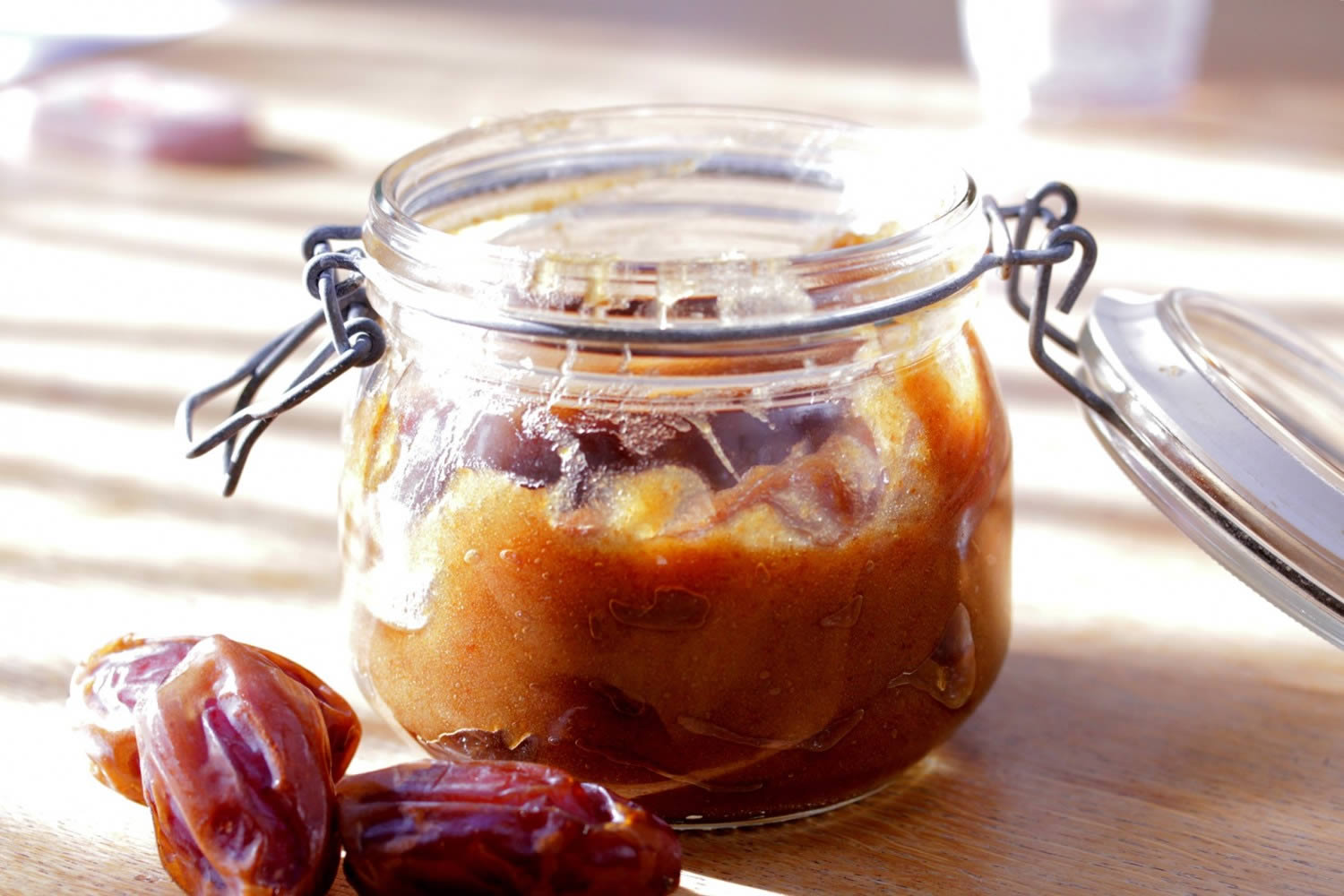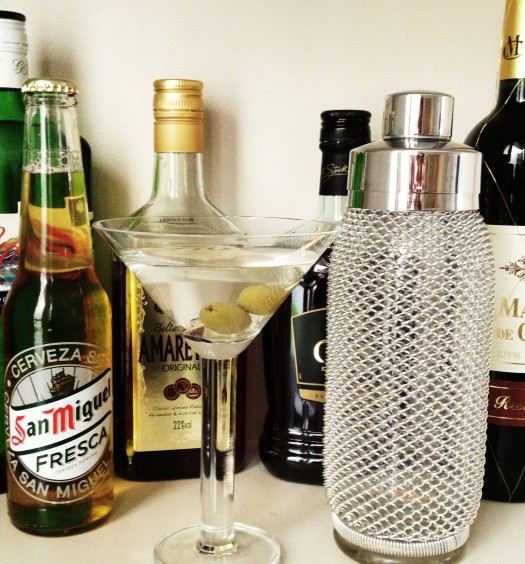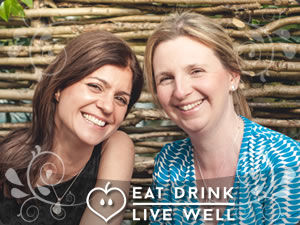We all know that sugar isn’t good for us but with so many alternatives being heralded as the saviour for the sweet tooth I thought I’d share my views on popular sugar alternatives.
Sugar is sugar whether it’s from a tree bark or the heavily refined stuff that’s sneaked into our food. Our bodies make no differentiation so buying a product with ‘no refined sugar’ is not a licence to go mad, closer inspection of the label often reveals fruit concentrates, syrups and ‘natural’ sweeteners which may also be damaging. So which should we be avoiding and which are ok in moderation?
Ones to watch
Artificial sweeteners: such as aspartame and saccharin are produced from chemical compounds that contain no calories. But there’s a catch – they’re proven to stimulate appetite, increase carbohydrate cravings and promote fat storage and weight gain. So you save a few calories by using them in your tea but eat a family pack of doritos afterwards – not ideal. The sweetener fails to trigger the ‘satisfied’ feeling in our brain so we over-indulge elsewhere.
But it doesn’t stop there, aspartame has been linked to all sorts of health problems and plenty of experts claim that artificial sweeteners are actually far worse than sugar or fructose. The jury remains out but I prefer to err on the side of caution and avoid them altogether.
Agave syrup and refined honey: these may seem like a healthy choice but not only are they loaded with fructose (which can lead to fat storage, insulin resistance and liver damage) they’re often highly processed. High fructose corn syrup has been called the most demonised additive known to man and yet agave syrup can contain double the amount of fructose. It baffles me that it is considered healthy although as it doesn’t shoot blood sugar up is preferable to refined sugar in very small amounts. Raw and manuka honey does have benefits but the brands in the supermarkets tends to be poor quality and also high in fructose so it’s really a question of quality.
Healthier alternatives
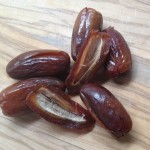 Dates: are high in vitamins and minerals and are my sweetener of choice. As they’re a whole food you get the nutrients and fibre which helps moderate blood sugar levels. I make a paste/syrup by blending with water which works really well in baking instead of sugar and adds a rich, caramel flavour to foods. You can also add them to smoothies and stuff them with nuts for a sweet snack that’s great to calm a craving.
Dates: are high in vitamins and minerals and are my sweetener of choice. As they’re a whole food you get the nutrients and fibre which helps moderate blood sugar levels. I make a paste/syrup by blending with water which works really well in baking instead of sugar and adds a rich, caramel flavour to foods. You can also add them to smoothies and stuff them with nuts for a sweet snack that’s great to calm a craving.
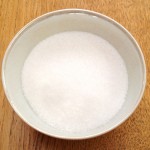 Xylitol: is a sugar alcohol derived from plants and contains around 30% less calories than sugar and its very low in carbs meaning it doesn’t impact blood sugar levels too dramatically. It looks and acts just like sugar so works well in hot drinks, and for cooking. The only difference being it won’t caramelise like sugar and it can’t be used with yeast. Xylitol is safe and potentially even beneficial as it’s proven to help fight tooth decay so if you’re looking for something just like sugar, this is the choice for you.
Xylitol: is a sugar alcohol derived from plants and contains around 30% less calories than sugar and its very low in carbs meaning it doesn’t impact blood sugar levels too dramatically. It looks and acts just like sugar so works well in hot drinks, and for cooking. The only difference being it won’t caramelise like sugar and it can’t be used with yeast. Xylitol is safe and potentially even beneficial as it’s proven to help fight tooth decay so if you’re looking for something just like sugar, this is the choice for you.
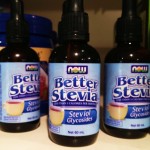 Stevia: I don’t actually use this but if you’re getting the pure form, it is a good option. Stevia is calorie-free and over 200 times sweeter than sugar so you only need a small amount. But, watch out for the highly refined brands. Truvia (made by Coca-cola) goes through about 40 steps to process the extract from the leaf using carcinogenic chemicals. Make sure you’re getting whole-leaf stevia or an extract that is 100% pure (as a powder or liquid) and avoid stevia-based sweeteners which tend to have a bitter aftertaste.
Stevia: I don’t actually use this but if you’re getting the pure form, it is a good option. Stevia is calorie-free and over 200 times sweeter than sugar so you only need a small amount. But, watch out for the highly refined brands. Truvia (made by Coca-cola) goes through about 40 steps to process the extract from the leaf using carcinogenic chemicals. Make sure you’re getting whole-leaf stevia or an extract that is 100% pure (as a powder or liquid) and avoid stevia-based sweeteners which tend to have a bitter aftertaste.
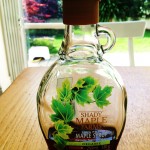 Maple syrup: I use this a lot in baking. It is expensive but the flavour is intense so it can be used sparingly. The main nutritional value are its antioxidant plant based compounds. If you’re substituting it for sugar in a recipe, you need roughly half the amount and add ¼ teaspoon of baking soda. Maple syrup also works really well in dressings and marinades.
Maple syrup: I use this a lot in baking. It is expensive but the flavour is intense so it can be used sparingly. The main nutritional value are its antioxidant plant based compounds. If you’re substituting it for sugar in a recipe, you need roughly half the amount and add ¼ teaspoon of baking soda. Maple syrup also works really well in dressings and marinades.
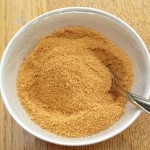 Coconut sugar: is really sweet but low glycaemic meaning it has little impact on blood sugar levels. It’s granulated from the sap of coconut flowers and like xylitol can be used in drinks and baking as it acts just like sugar. High in nutrients, unprocessed and with a rich flavour I am quite a fan. The only downside is it’s expensive but this is counteracted by the fact you need to use a lot less in recipes than table sugar.
Coconut sugar: is really sweet but low glycaemic meaning it has little impact on blood sugar levels. It’s granulated from the sap of coconut flowers and like xylitol can be used in drinks and baking as it acts just like sugar. High in nutrients, unprocessed and with a rich flavour I am quite a fan. The only downside is it’s expensive but this is counteracted by the fact you need to use a lot less in recipes than table sugar.
I hope you find this useful as a rough guide to the sweeteners out there and why we use different ones in our recipes to obtain different results. Although some sweeteners have better health profiles, the good doesn’t outweigh the bad if you’re consuming large amounts. It’s better to have a little of the better stuff with the aim to train your tastebuds to crave less, rather than relying on alternatives to continue feeding cravings.
We hope you enjoy this blog post, let us know your thoughts in the comments below or on social media – we’re on Twitter, Facebook, Instagram and Pinterest. And don’t forget to sign up to our newsletter to receive a monthly update of our recipes, nutrition tips and expert advice.

